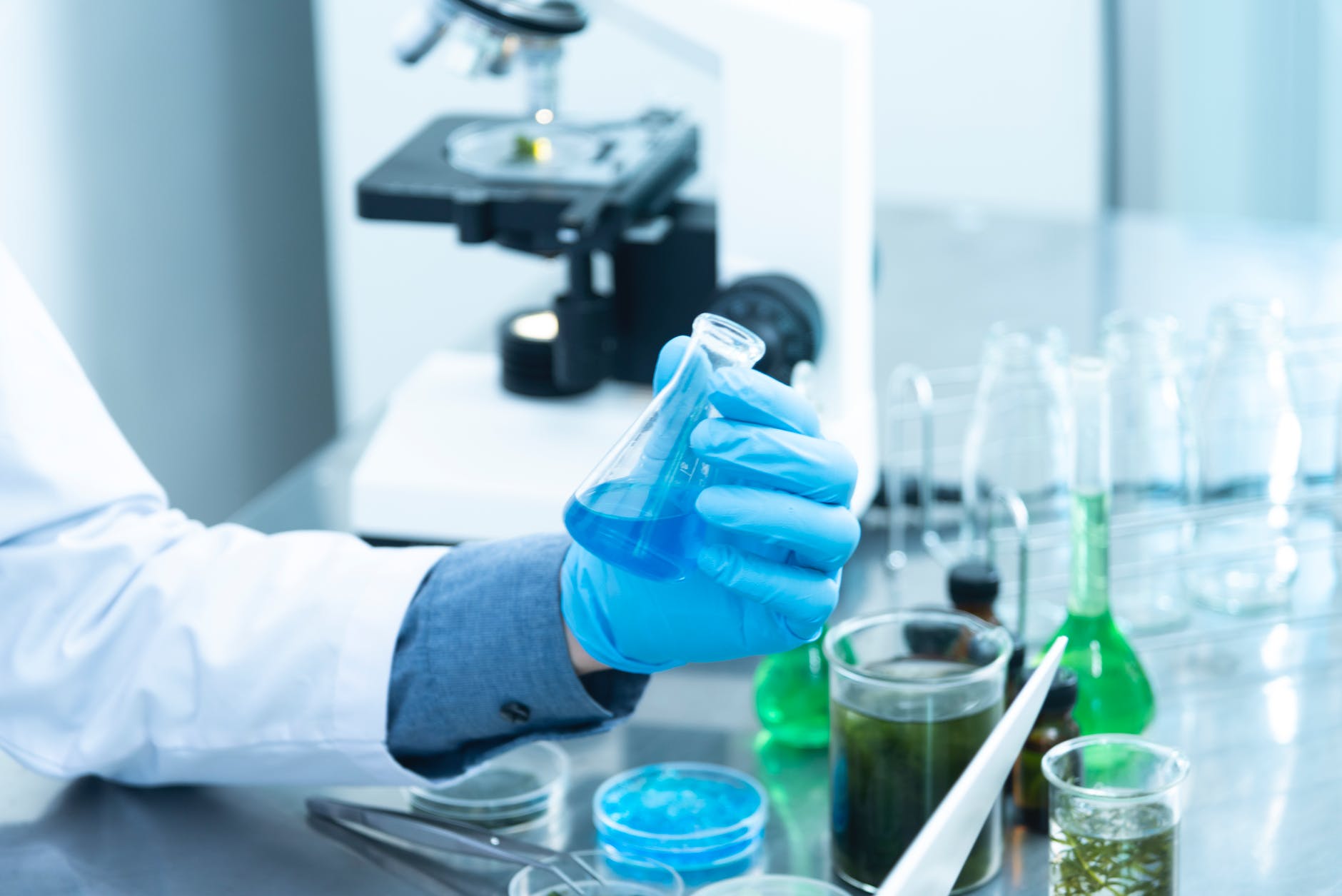Pharmacopoeia is the word derived from the ancient Greek φαρμακοποιΐα (pharmakopoiia), from φαρμακο- (pharmako-) ″drug″, followed by the verb-stem ποι- (poi-) ″make″ and finally the abstract noun ending -ια (-ia). These three elements together can be rendered as ″drug-mak-ing″ or ″to make a drug″.
A pharmacopoeia, pharmacopeia, or pharmacopoea, in its modern sense, is a legally binding collection, prepared by a national or regional authority, of standards and quality specifications for medicines used in that country or region. A quality specification is composed of a set of appropriate tests that will confirm the identity and purity of the product, ascertain the strength (or amount) of the active substance and, when needed, its performance characteristics. Reference substances, i.e. highly-characterized, physical specimens, are used in testing to help ensure the quality, such as identity, strength and purity, of medicines. The texts cover pharmaceutical starting materials, excipients, intermediates and finished pharmaceutical products (FPPs). General requirements may also be given in the pharmacopoeia on important subjects related to medicines quality, such as analytical methods, microbiological purity, dissolution testing, stability, etc.
Pharmacopoeia are considered as bibles for all pharmaceutical manufacturers, regulators, researchers, students, analysts etc.
We all must have referred pharmacopoeia multiple times for various reasons. While studying a pharmacopoeia one must have a gone through various terms which seems to be used casually but truly speaking, they hold a greater meaning than the word itself.
In this series of articles, we shall be highlighting various terms used in pharmacopoeia and their meanings in detail:
|
S. No. |
Term | Indian Pharmacopoeia | British Pharmacopoeia | Japanese Pharmacopoeia |
| 1 | Water | If the term is used without qualification it means Purified Water of the Pharmacopoeia. The term ‘distilled water’ indicates Purified Water prepared by distillation | The term Water used without qualification in formulae for formulated preparations means either potable water freshly drawn direct from the public supply and suitable for drinking or freshly boiled and cooled Purified Water.
The latter should be used if the public supply is from a local storage tank or if the potable water is unsuitable for a particular preparation. |
The water to be used in the tests of drugs shall be the water suitable for performing the relevant test, such as the water not containing any substance that would interfere with the test. |
| 2 | Water Bath | A bath of boiling water unless water at another temperature is indicated. Other methods of heating may be used provided the required temperature is approximately maintained but not exceeded | The term ‘water bath’ means a bath of boiling water, unless water at some other temperature is indicated in the text. An alternative form of heating may be employed providing that the required temperature is approximately maintained but not exceeded. | The term “heat on or in a water bath” indicates, unless otherwise specified, heating with a boiling water bath or a steam bath at about 100 °C. |
| 3 | Temperature | The symbol ° used without qualification indicates the use of the Celsius thermometric scale | The Celsius thermometric scale is used in expressing temperatures | Not specifically mentioned. However, temperature, the Celsius thermometric scale is used in expressing temperatures |
| 4 | Negligible | A quantity not exceeding 0.50 mg | Not defined | Not defined |
| 5 | Immediately/ at once | Not defined | Not defined | Procedure is to be performed within 30 seconds after the preceding procedure |
| 6 | Freshly and Recently prepared | Made not more than 24 hours before it is used | The direction, given under the heading Extemporaneous Preparation, that a preparation must be freshly prepared indicates that it must be made not more than 24 hours before it is issued for use. The direction that a preparation should be recently prepared indicates that deterioration is likely if the preparation is stored for longer than about 4 weeks at 15° to 25°. | Not defined |
| 7 | Constant weight |
Two consecutive weighings after the drying or igniting operations do not differ by more than 0.5 mg, the second weighing following an additional period of drying or of ignition respectively appropriate to the nature and quantity of the residue |
The term ‘constant weight’, used in relation to the process of drying or the process of ignition, means that two consecutive weighings do not differ by more than 0.5 mg, the second weighing being made after an additional period of drying or ignition under the specified conditions appropriate to the nature and quantity of the residue (1 hour is usually suitable) | The term constant mass in drying or ignition, unless otherwise specified, means that the mass difference after an additional 1 hour of drying or ignition is not more than 0.10% of the preceding mass of the dried substance or ignited residue. For crude drugs, the difference is not more than 0.25%. However, when the difference does not exceed 0.5 mg in a chemical balance, 0.05 mg in a semi-microbalance, or 0.005 mg in a microbalance, the constant mass has been attained. |
| 8 | Odour | The verification of odour should be carried out using a watch-glass 6 cm to 8 cm in diameter, spreading in a thin layer 0.5 g to 2.0 g of the substance to be examined. After 15 min, determine the odour or verify the absence of odour | On a watch-glass 6 cm to 8 cm in diameter, spread in a thin layer 0.5 g to 2.0 g of the substance to be examined. After 15 min, determine the odour or verify the absence of odour. |
The test of odour shall be shall be carried out by placing 1 g of a solid dug or 1 mL of a liquid drug in a beaker. |
Stay tuned for more interesting and valuable information.

.png
)
